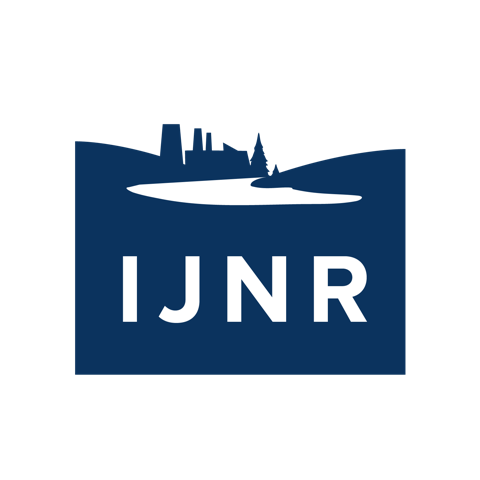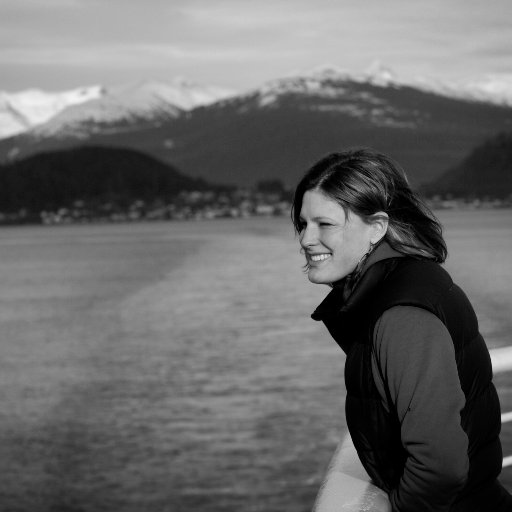Great Bear Institute
Coastal British Columbia
September 10-19, 2017
The Great Bear Rainforest and Great Bear Sea together form one of the most biologically diverse and ecologically rich systems on Earth. At more than 6.4 million hectares (~25,000 square miles), the Great Bear Rainforest is one of the largest remaining tracts of unspoiled temperate rainforest left in the world, home to vast stands of pine, fir, and cedar, as well as populations of wolves, grizzlies, and Kermode or "Spirit" bears. Just offshore, Pacific currents fuel a food web that supports whales, seals, otters, birds and fish.
Humans have shared the bounty of this land-sea interface for millennia. Today, a wide variety of stakeholders and interests exist on land and sea: Provincial, federal, and First Nations governments are finally working together to find solutions that can support communities economically while protecting precious resources. Logging, commercial fishing, oil and gas development and transportation each have long and complex histories in the region, and futures in flux. Ecotourism, fishing and hunting add economic drivers, but at what cost or benefit to the ecosystem? And how do small, remote communities, often only accessible by float plane or boat, work together to envision and implement a future for the region?
In September 2017, IJNR took a group of 13 journalists into the Great Bear to hear from First Nations representatives and other stakeholders about this complex interplay of culture, economics, and the natural world. Fellows learned first-hand how coastal communities survive and thrive while managing finite resources, conserving delicate ecosystems, mitigating and adapting to potentially dramatic changes in their economic and social systems, reclaiming cultural heritage, and how those forces interact. Among the topics we heard about:
The history of the Great Bear Rainforest and Sea, and how disparate interests - including the timber industry, NGOs, governments, and First Nations - came together in an unprecedented collaboration to protect them.
The cultural history of the region, and the 14,000-year-old relationship that exists between people and place
What coastal archaeology is teaching us about both the past and the present.
How Coastal First Nations are logging their territories sustainably, both on their own and in conjunction with other timber companies
The economic benefits and environmental trade-offs of commercial aquaculture, and a unique attempt to move fish farming inland
The challenge of sustaining fish populations when science, federal policy and First Nation management approaches don't align.
What’s being done to limit the impacts of shipping and marine noise pollution on delicate ecosystems and sensitive animals.
How some Coastal First Nations are working to reclaim traditional territories – and the resources they hold -- that in some cases were forcibly taken from them.
How First Nations are collaborating with scientists to document marine, coastal and terrestrial ecosystems, and how those systems interact.
The rise of ecotourism and efforts to abolish trophy hunting of bears in the Great Bear Rainforest.
The unique history of British Columbia's First Nations and the Coastal Guardian Watchmen network designed to protect the unceded territories they call home.
Meet our Great Bear Fellows!
About IJNR
The mission of the Institute for Journalism & Natural Resources (IJNR) is to advance public understanding and civic engagement about environment, natural resource, public health and development issues through better journalism. IJNR conducts expenses-paid, expedition-style training and professional development programs for journalists at all career stages and from all sorts and sizes of news outlets, ranging from newspapers and magazines to radio, television and online operations.
Supporters of this program include The Gordon and Betty Moore Foundation as well as other foundations and individual donors.
IJNR maintains editorial independence and control in all of its programming and decision-making.




















